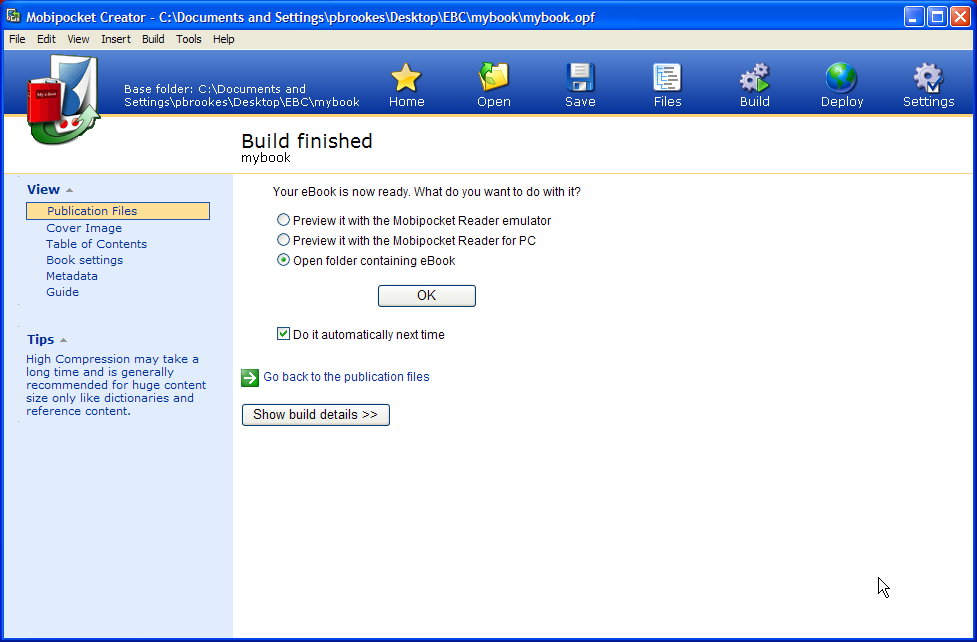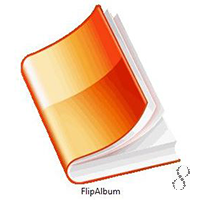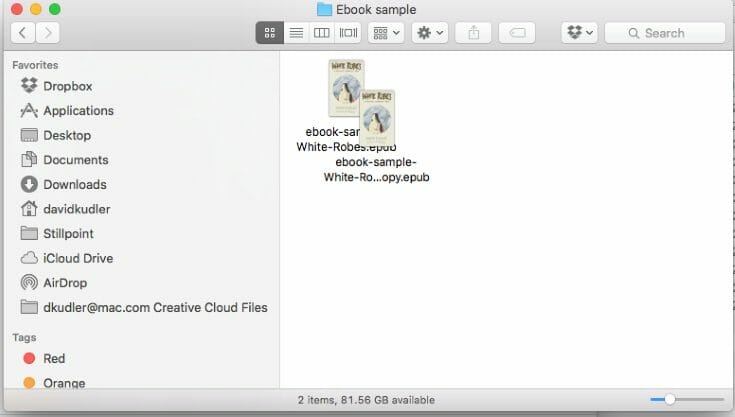Archival Holdings:
The archival holdings of civilian Official Personnel Folders (OPF) include records created by various Federal agencies during the period 1850-1951. To view a list of agencies with OPFs in our archival holdings, click Official Personnel Folders (OPF), Archival Holdings.
Warning: This is a United States Department of Commerce system, which may be accessed and used only for official Government business by authorized personnel. Unauthorized access or use of this system may subject violators to criminal, civil, and/or administrative action. Alternatively, the.opf extension has another association with the Obsidium Project File (OPF) file type and format. Obsidium is a commercial software protection and licensing management tool for Microsoft Windows by Obsidium Software, designed to safeguard proprietary software from cracking and unauthorized use.
For records of Federal civilian employees whose employment ended after 1951, click Official Personnel Folders (OPF), Federal (non-archival) Holdings and Access .
How can I access Archival OPFs?
| Please note:the following information, regarding access, pertains only to records of former Federal civil servants whose employment ended before 1952. To access records of civil servants whose employment ended after 1951, clickOfficial Personnel Folders (OPF), Federal (non-archival) Holdings and Access. |
Individuals may access these records by:
- Visiting the Archival Research Room in St. Louis, MO (click on the Research Room link for information on how to schedule an appointment.)
- Employing an independent researcher to examine the records on their behalf, or
- Submitting a written request for copies of the records (for a copy fee) via postal mail
How do I submit a written request for copies of records?
Please identify the documents or information needed and explain the purpose of your request. Certain basic information needed to locate civilian personnel records, includes:
- full name used during Federal employment,
- date of birth,
- Social Security Number (if applicable),
- name and location of employing Federal agency,
- beginning and ending dates of Federal Service
Please note: In an effort to further preserve our records, the National Archives are moving to providing digitized reproductions of most records. Please provide a current email address with any and every request.
Written requests may be mailed :
National Archives & Records Administration
ATTN: Archival Programs
P.O. Box 38757
St. Louis, MO 63138
Copy Fees:
Archival OPFs are subject to the NARA fee schedule that authorizes the Agency to collect fees from the public for copies of archival records (44 USC 2116c and 44 USC 2307).
Mailed Requests:
A mailed request requires the purchase of the COMPLETE reproduction of the OPF.
Note: Do not send payment until we notify you that a record has been located.

- An OPF of 5 pages or less: $25 flat fee
- An OPF 6 pages or more: $70 flat fee
Please note: In an effort to further preserve our records, the National Archives are moving to providing digitized reproductions of most records. Please provide a current email address with any and every request.
Visitors to the Archival Research Room:
There is no fee to request and review an archival record in the Archival Research Room. So too, any number of pages may be copied for a per page fee.
- Paper to paper copy made by Attendant: $ .80 per page and $3.50 per microfilm to paper copy
- Self service copies are $ .25 per paper to paper copy and $ .60 per microfilm to paper copy
If you or your designated representative decide to review the records, please notify us in advance of your visit so we can make the necessary arrangements. You will need to speak to an Attendant at 314-801-0850 to schedule an appointment to visit our Archival Research Room.

OPF is the open packaging format that is defined by idpf.
[edit]Overview
The Open Package format has a long history with the <idpf>. It is used in all three versions of the specification. It always contains the metadata that describes such things as the title, author name, etc. In Version 1 some use it as an alternate name for the standard which was officially called Open eBook. MOBI, LIT, and IMP all use a version 1 OPF (.opf) in their source.
All three versions have an entry called package which looks something like:
Version one does not contain the version number but version 2 and version 3 must be identified in the opening entry.

Both Version 2 and version 3 use it as the internal file metadata used in ePub. In ePub 3 the OPF portion is now called the Publications standard. It is basically the same as OPF version 2.01 with a few additions.
[edit]Structure
The OPF file can be located anywhere in the ePub file structure and can be named whatever you wish. In ePub there is a folder called META-INF that must always be present. Inside there must be a file call container.xml. The content of that container file points to the OPF file. It might look like:
[edit]Specification
The Open Packaging Format (OPF) Specification, defines the mechanism by which the various components of an OPS publication are tied together and provides additional structure and semantics to the electronic publication.
Specifically, OPF:
- Describes and references all components of the electronic publication (e.g. markup files, images, navigation structures).
- Provides publication-level metadata. Specifically it should include Dublin Core formatted data with information about the eBook such as author and title.
- Provides a unique identification number. This is usually the ISBN if available.
- Specifies the linear reading-order of the publication.
- Provides fallback information to use when unsupported extensions to OPS are employed.
- Provides a mechanism to specify a declarative table of contents (the NCX).
- May provide pointers to additional optional elements such as embedded fonts.
Version 3 can contain version 2 data for backward compatibility but a version 3 reader will ignore all data not supported in version 3.
Opf Files Opening
[edit]Example version 2
Eopf For Federal Employees Log In
See ePub OPF section for one example. For an example of Version 1.2 see Open eBook Package File.Here is another 2.01 example:
Federal Eopf Log In Va

[edit]Example version 3
[edit]MIME Media types
In the samples above there are examples of the Media types supported in ePub. Here is the complete list of required items to support.
| MIME Media Type | Reference | Description |
|---|---|---|
| image/gif | http://www.w3.org/Graphics/GIF/spec-gif89a.txt | Used for raster graphics (GIF) |
| image/jpeg | http://www.w3.org/Graphics/JPEG/ | Used for raster graphics (JPG) |
| image/png | RFC 2083 | Used for raster graphics (PNG) |
| image/svg+xml | http://www.w3.org/TR/SVG11/ | Used for vector graphics (SVG) |
| application/xhtml+xml | XHTML 1.1 | Used for OPS Content Documents |
| application/x-dtbook+xml | http://www.niso.org/standards/resources/Z39-86-2005.html | Used for OPS Content Documents |
| text/css | CSS 2.0 | Used for OPS CSS-subset style sheets |
| application/xml | http://www.w3.org/TR/xml11/ | Used for Out-Of-Line XML Islands |
| text/x-oeb1-document | OEBPS 1.2 specification | Deprecated; Used for Basic or Extended OEBPS 1.0.1 and 1.2 Documents |
| text/x-oeb1-css | OEBPS 1.2 specification | Deprecated; Used for OEBPS 1.0.1 and 1.2 CSS-subset style sheets |
| application/x-dtbncx+xml | DTBook specification | The NCX |
[edit]Mobi specific
Mobi and the newer Kindle AZW and KF8 formats need special entries in the OPF for the TOC and Cover. You need to add the 'TOC' entry in the GUIDE section of the OPF in order for the TOC option to be made available.
The OPF file can be used to create an eBook using MobiPocket Creator or KindleGen simply by using it as the starting point for the compiler. It will find the other files necessary by parsing this file. Note the 'Start here' entry may also use type='text'
[edit]Unique id
Metadata.opf Files
The web site http://www.famkruithof.net/uuid/uuidgen can provide a unique id for an eBook as needed in the OPF.